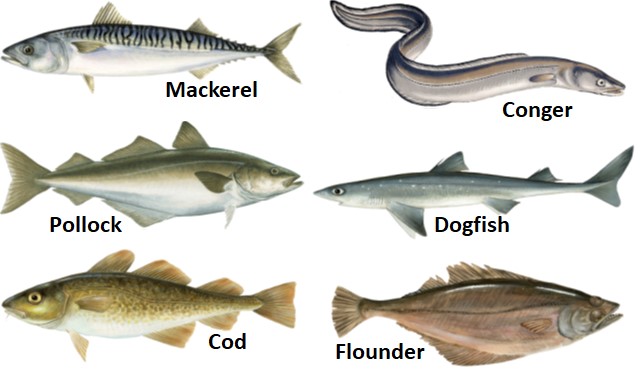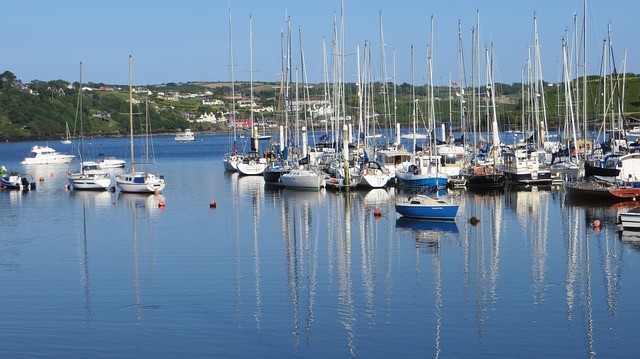The Wild Atlantic Way offers something to do for everyone, from fishing, sight-seeing and whale watching to walking, cycling and more.
Wild Atlantic Way Fishing
 Combining an extensive range of unspoilt coastline, river and lake habitats with slightly warmer waters (thanks to the island’s North Atlantic Drift position, which is a Gulf Stream offshoot), the Wild Atlantic Way is home to a rich diversity of both marine and fresh-water aquatic life. With more than 80 different species, the coastline alone offers anglers a great deal of variation between locations. Here are some of the best spots for off-shore, shore, river and lake fishing and species you are likely to find there.
Combining an extensive range of unspoilt coastline, river and lake habitats with slightly warmer waters (thanks to the island’s North Atlantic Drift position, which is a Gulf Stream offshoot), the Wild Atlantic Way is home to a rich diversity of both marine and fresh-water aquatic life. With more than 80 different species, the coastline alone offers anglers a great deal of variation between locations. Here are some of the best spots for off-shore, shore, river and lake fishing and species you are likely to find there.
Off-Shore Fishing
Some of the best locations for taking a chartered boat out to sea for a day’s fishing include Belmullet (Mayo), Rosses Point (Sligo) and Kinsale (Cork); Bundoran (Donegal) and Fenit (Kerry). Species to look forward include mackerel, pollock, conger and cod.
Shore Fishing
Spinning, fly and bottom fishing from beaches, estuaries, rocks, piers and quays is perhaps the most commonly practised type of Wild Atlantic Way sea fishing. Sandy beaches tend to be great for catching dogfish, while rocky outcrops offer the chance to catch a pollock or two. Experienced anglers happy to wade in to shallow, safe depths can find flounders, rays and the occasional John Dory (a rare, but highly satisfying catch).


 Lough Currane (Kerry) and Carrowmore Lake (Mayo) both offer excellent sea trout fishing and if you like to combine river & lake fishing the River Laune (Kerry) is your ideal choice, as it leads into the nearby Killarney lakes.
Lough Currane (Kerry) and Carrowmore Lake (Mayo) both offer excellent sea trout fishing and if you like to combine river & lake fishing the River Laune (Kerry) is your ideal choice, as it leads into the nearby Killarney lakes. Almost a third of the world’s cetacean species (dolphins, porpoises and whales) have been recorded to frequent Irish waters – which were declared a dolphin and whale sanctuary by the Irish government in 1991. Some of the best, most popular places to watch these wonderful creatures can be found along the Wild Atlantic Way – where 17 of the 24 species recorded in Irish waters have been seen. The species most likely to be encountered (given the right weather conditions) include the:
Almost a third of the world’s cetacean species (dolphins, porpoises and whales) have been recorded to frequent Irish waters – which were declared a dolphin and whale sanctuary by the Irish government in 1991. Some of the best, most popular places to watch these wonderful creatures can be found along the Wild Atlantic Way – where 17 of the 24 species recorded in Irish waters have been seen. The species most likely to be encountered (given the right weather conditions) include the:
 Whether you are on a fishing holiday or hope to explore the many geological wonders, stunning scenery and historic treasures of the region, the Dulrush Fishing Lodge makes the perfect base for your stay.
Whether you are on a fishing holiday or hope to explore the many geological wonders, stunning scenery and historic treasures of the region, the Dulrush Fishing Lodge makes the perfect base for your stay.